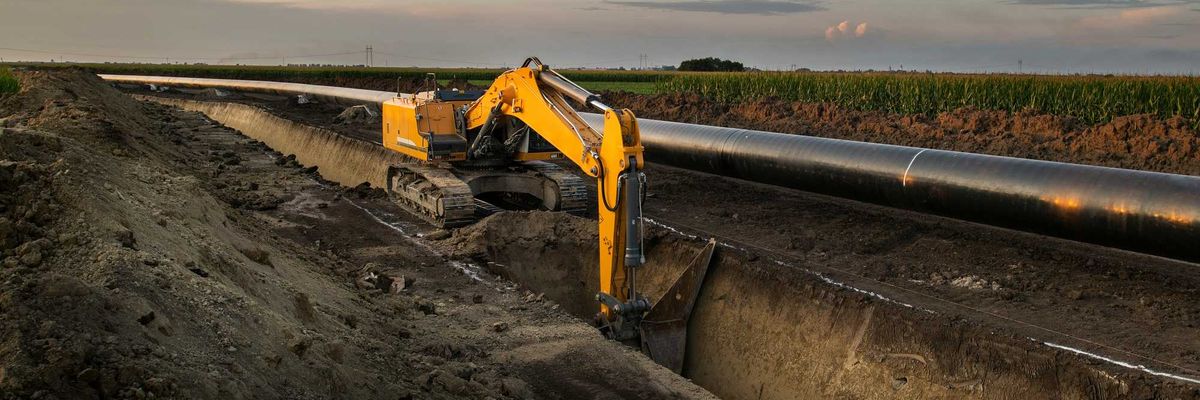buildings
Networked geothermal systems could transform urban energy use
Geothermal energy, a stable and sustainable resource beneath our feet, is gaining attention as U.S. utilities explore its potential to replace natural gas in heating and cooling buildings.
In short:
- Geothermal systems use the Earth's consistent underground temperature to heat and cool buildings efficiently, reducing greenhouse gas emissions associated with natural gas use.
- Eversource Energy has launched the first U.S. networked geothermal neighborhood in Framingham, Massachusetts, signaling a shift in how utilities approach energy distribution.
- Networked geothermal systems are highly efficient, with a coefficient of performance (Cop) of 6, compared to less than 1 for gas furnaces, offering a promising alternative for energy sustainability.
Key quote:
“If you’re in a situation where you’re going to need to upgrade your pipe anyway, or replace it, you maybe think about: do I replace it instead with a pipe that doesn’t require fuel, and it’s naturally replenishing energy from the ground?”
— Holly Braun, business development and innovation manager at NW Natural
Why this matters:
Transitioning to geothermal energy could significantly reduce carbon emissions from buildings, which account for a third of the U.S.'s greenhouse gas emissions. As utilities face regulatory pressures to phase out natural gas, networked geothermal offers a cleaner and potentially safer alternative.
The White House introduces a unified standard for zero-energy buildings
The Biden administration has unveiled a new federal definition for zero-emissions buildings, aiming to set a national benchmark for sustainable construction.
In short:
- The new guidelines, announced by White House National Climate Advisor Ali Zaidi, aim to provide a consistent framework for defining zero-emissions buildings.
- The definition emphasizes energy efficiency, zero on-site greenhouse-gas emissions, and reliance on clean energy sources.
- The guidance, while not legally binding, seeks to encourage the private sector to adopt these standards to support the transition to sustainable building practices.
Key quote:
“The National Definition of a Zero Emissions Building will support the sector as it advances innovative solutions essential to creating resilient communities and high-quality jobs.”
— Jennifer M. Granholm, Secretary of Energy
Why this matters:
Buildings account for one-third of U.S. carbon emissions, making improved energy efficiency crucial for reducing the country's carbon footprint. Establishing clear standards can drive investments in clean energy technologies and help meet ambitious emission reduction targets.
D.C.’s increased flood risk could wipe out some of the nation’s treasures
How can buildings beat the heat in a desert city? Blend ancient and modern
NYC’s ongoing debate over Local Law 97, effort to curb building pollution
Environmental activists could clash with developers at a public hearing in New York today on how best to enforce Local Law 97, an effort to limit the fossil fuel emissions of some of the biggest polluters in the city: large buildings.
White House to announce new definition of zero-emission buildings
The Biden administration will announce a new definition of buildings that produce zero planet-warming greenhouse gas emissions.
This Hawaiian county has a radical plan to deal with sea level rise
Kaua’i County passed an ordinance requiring new structures to be elevated to a certain level, based on future projections about how much sea-level will rise.









